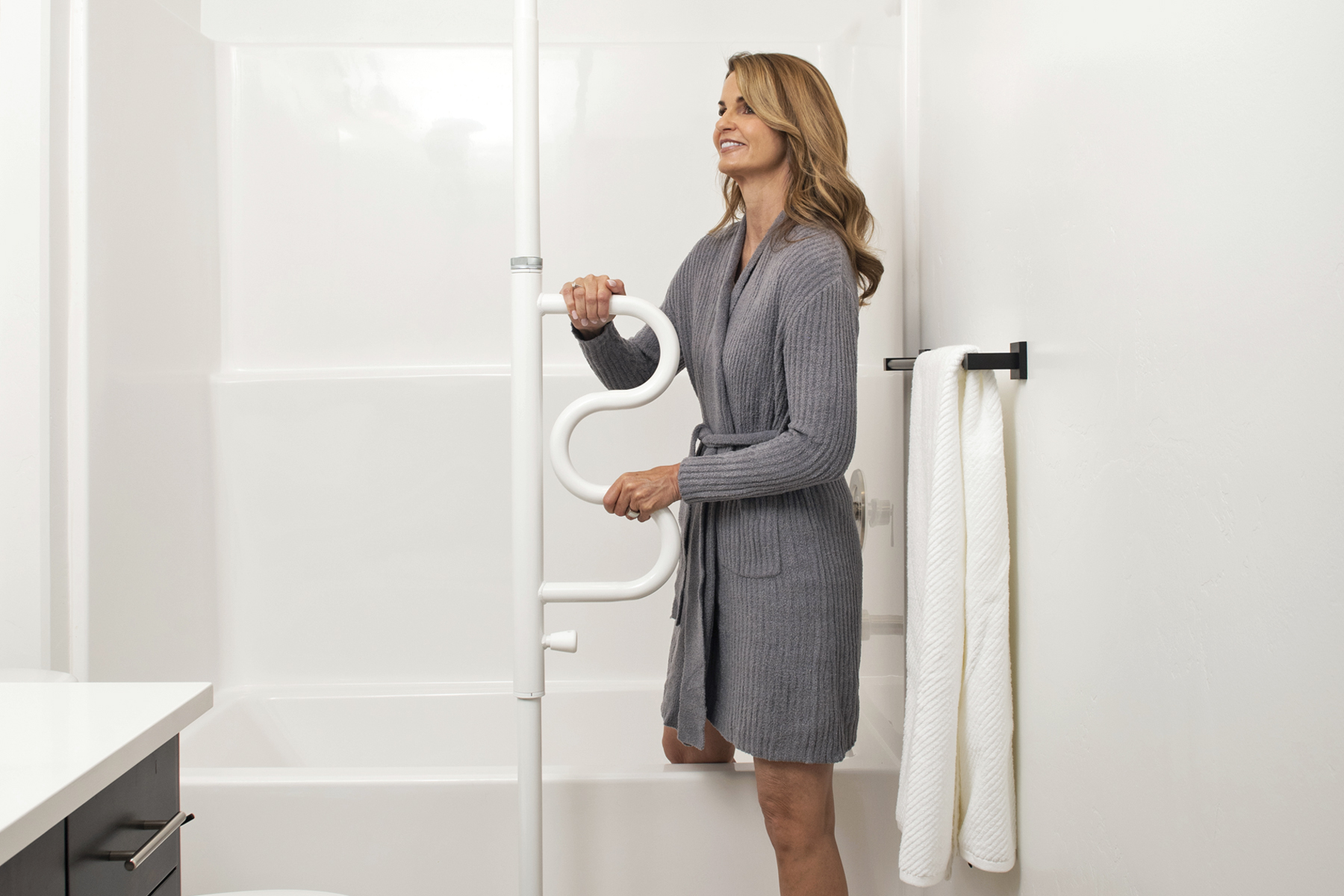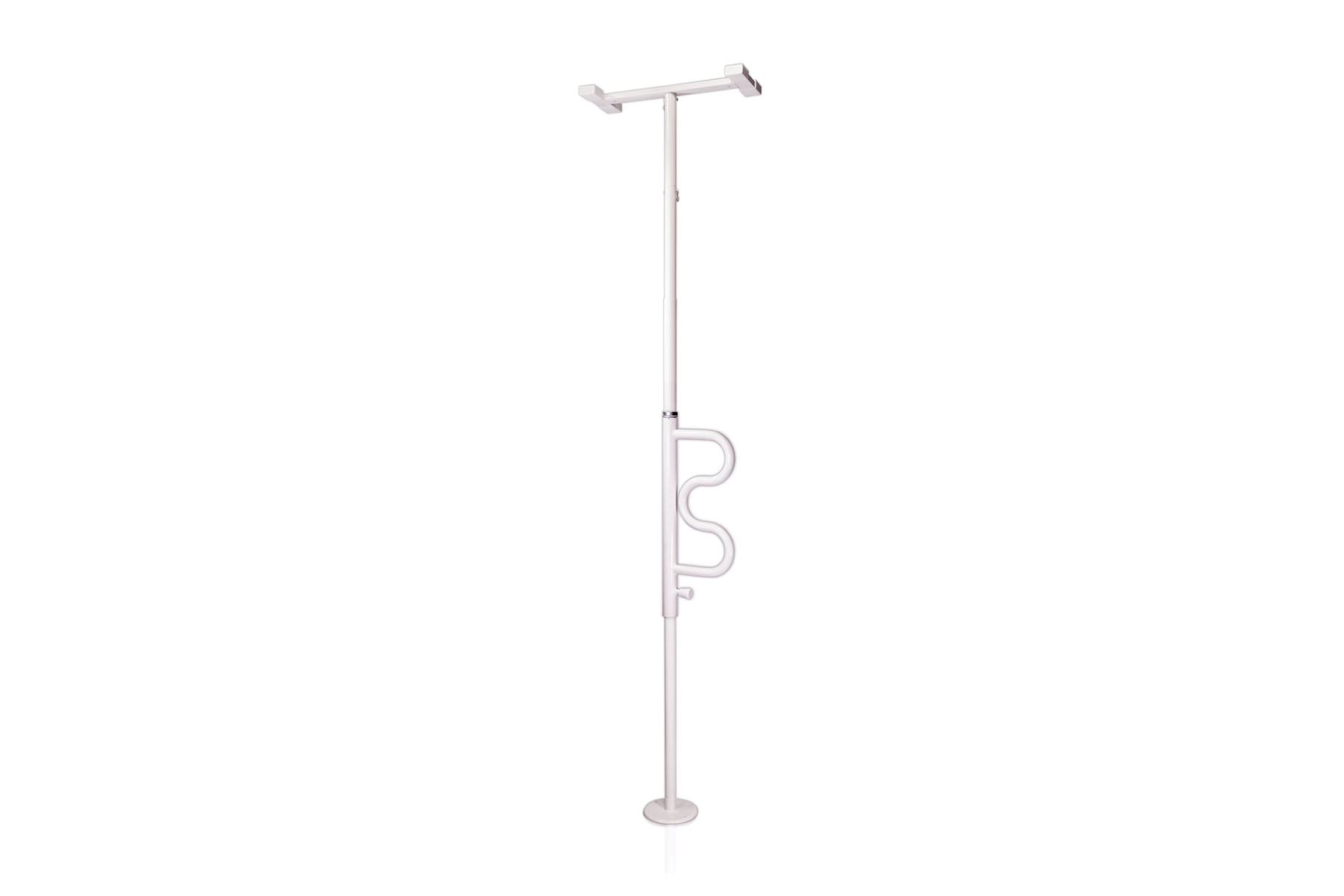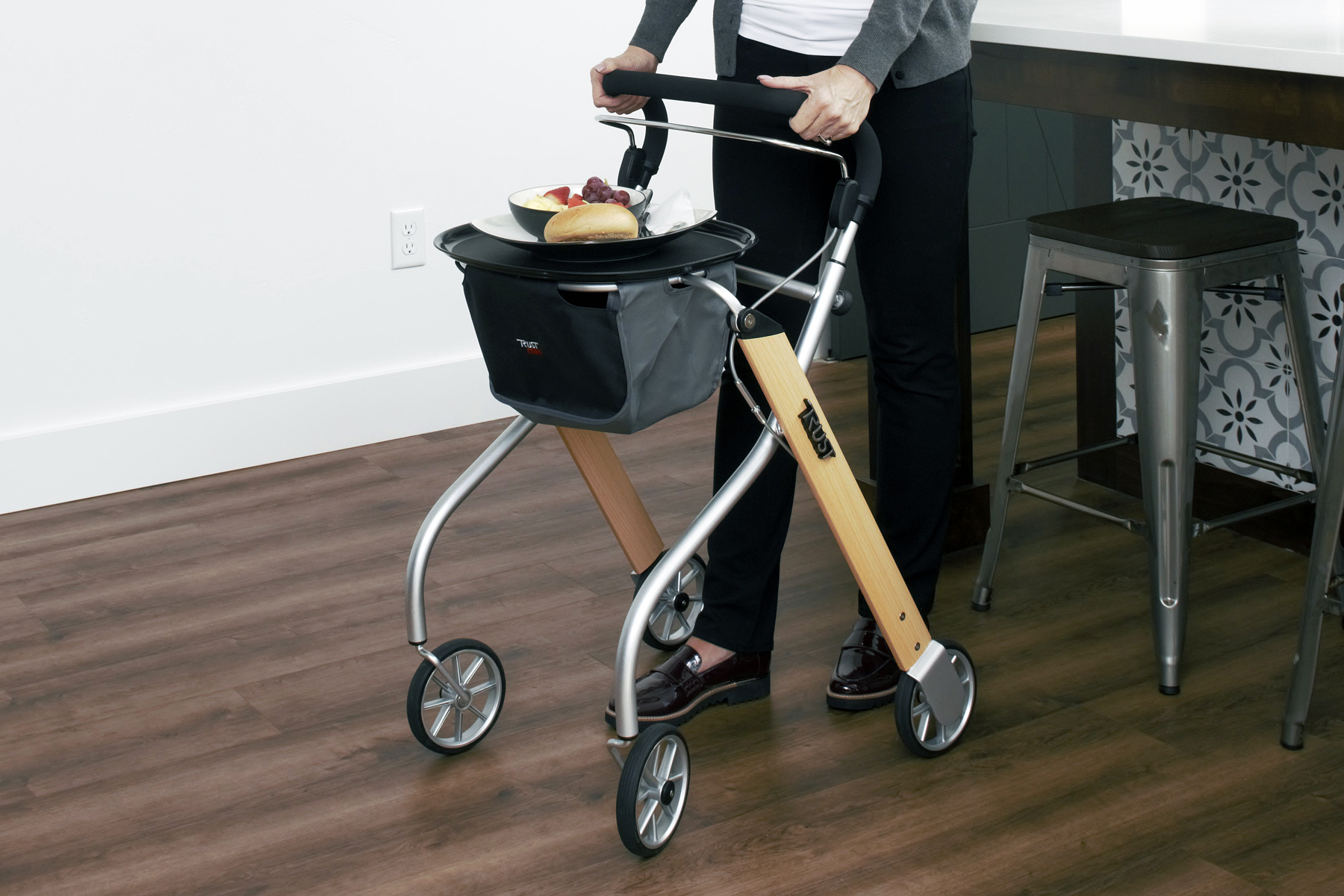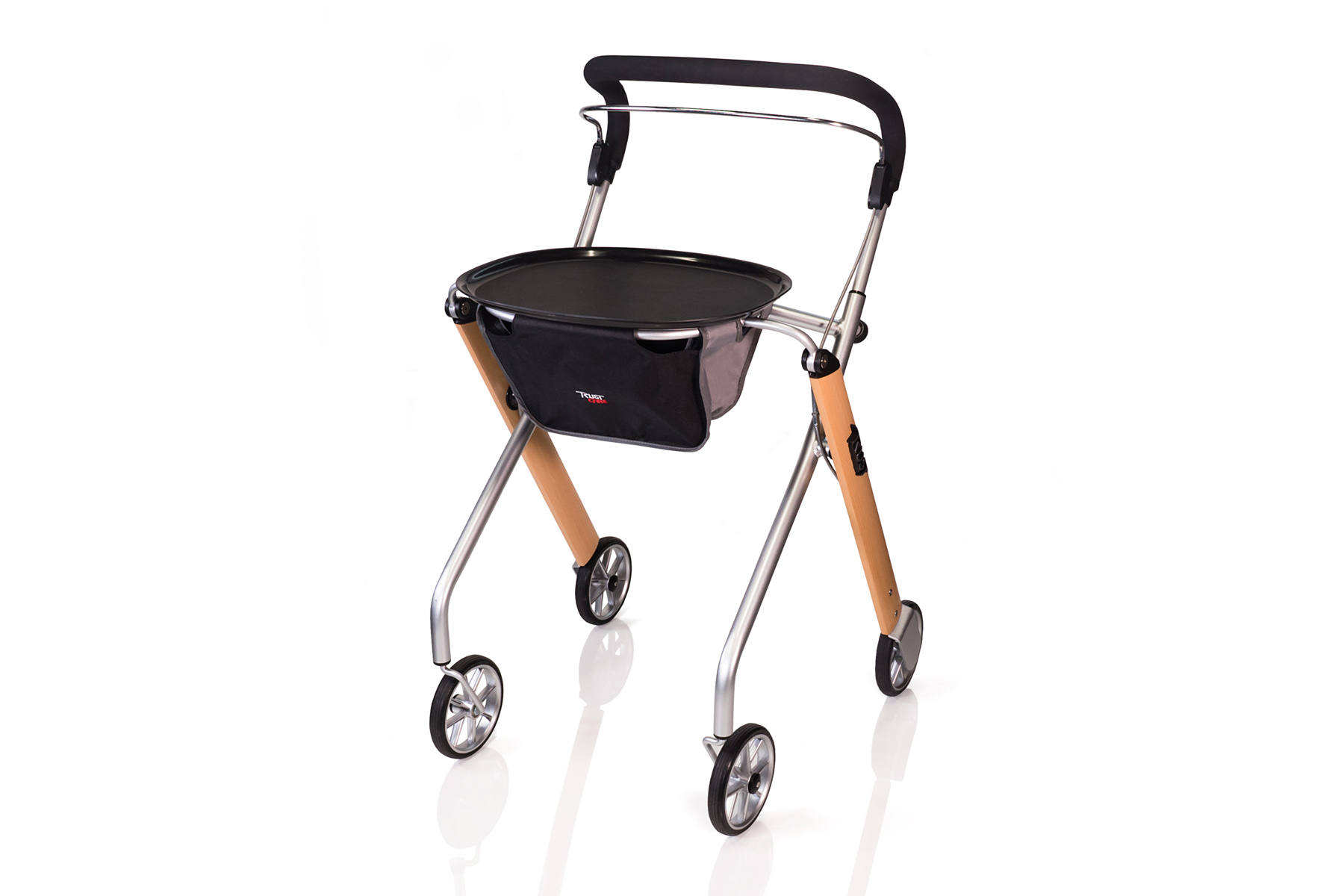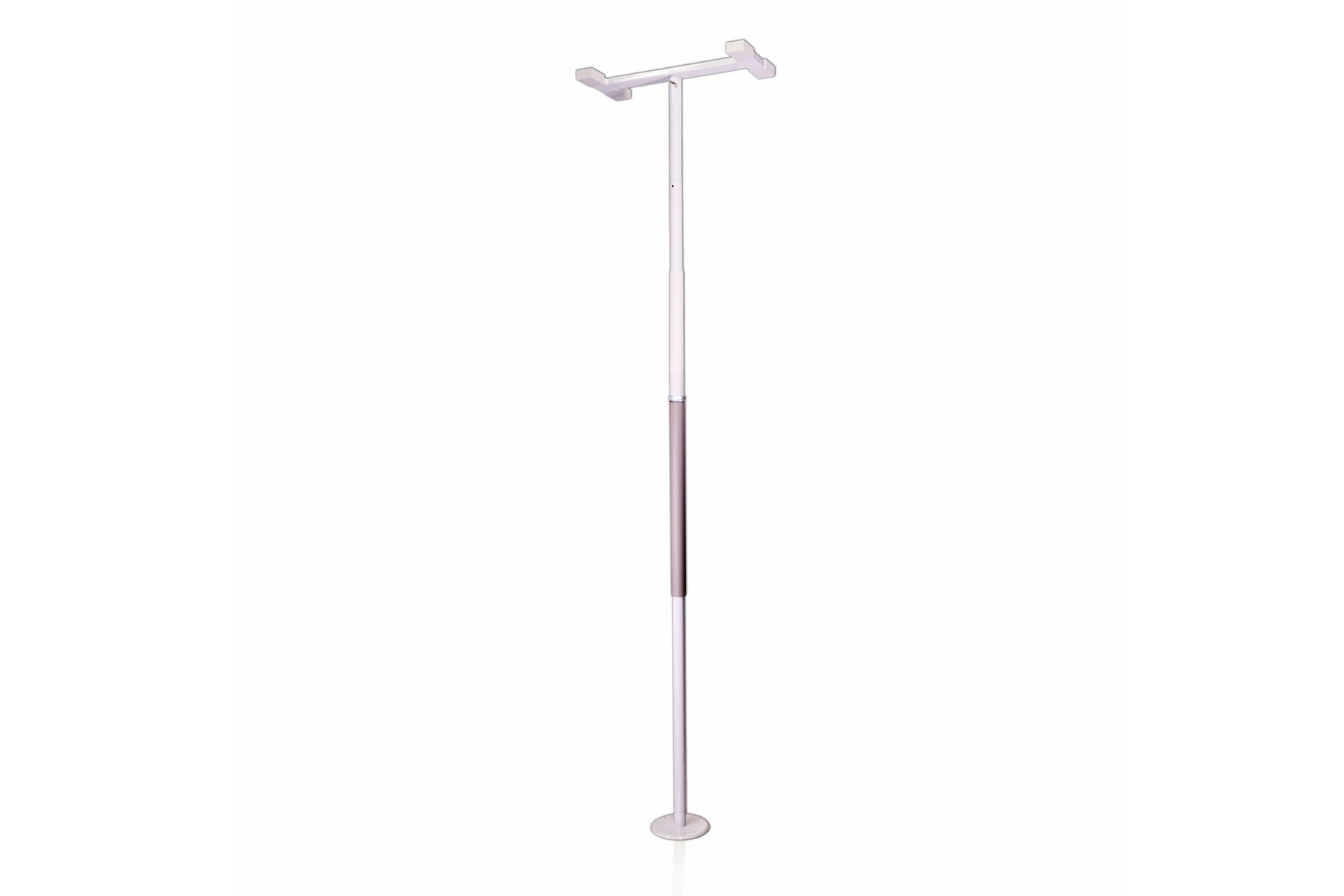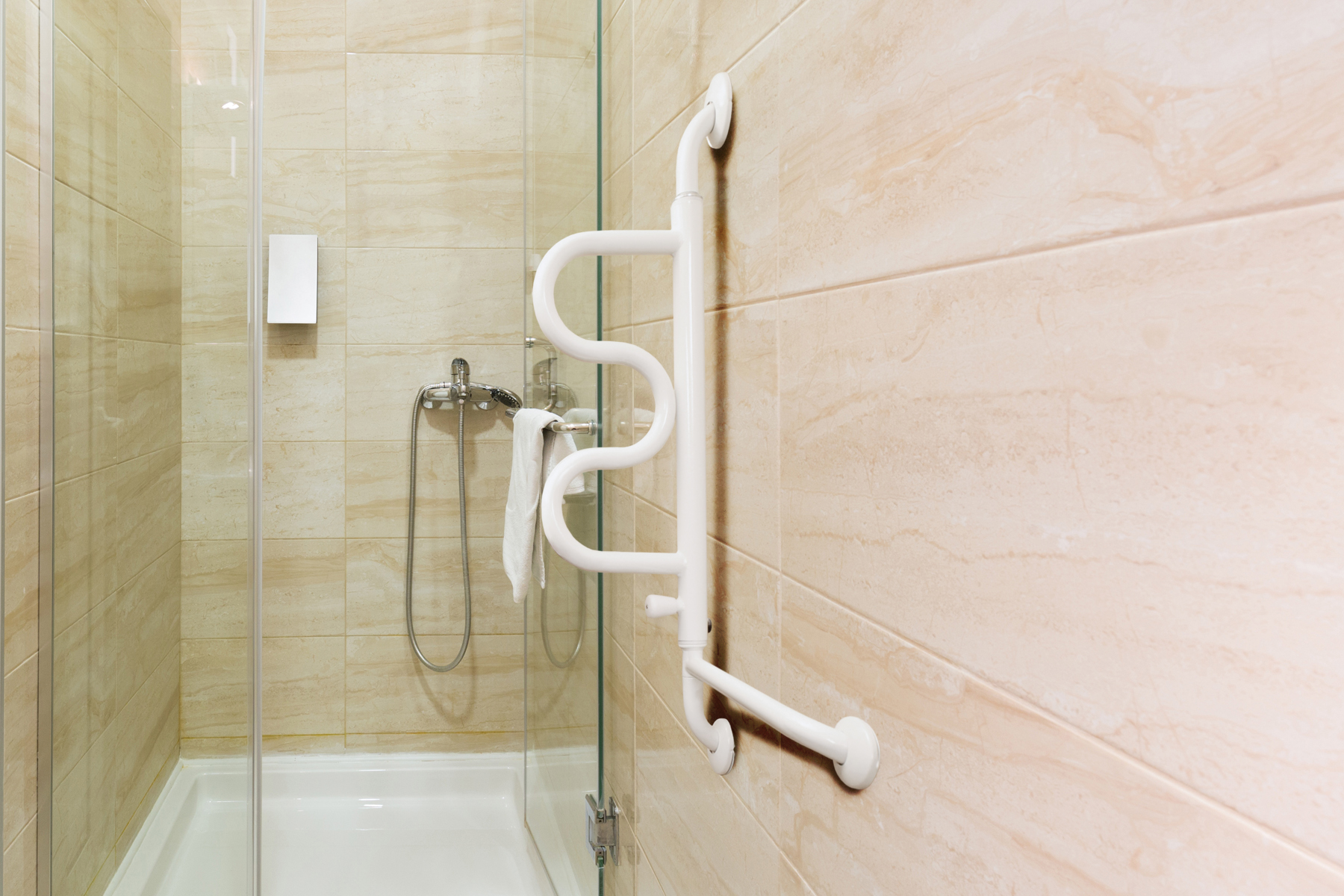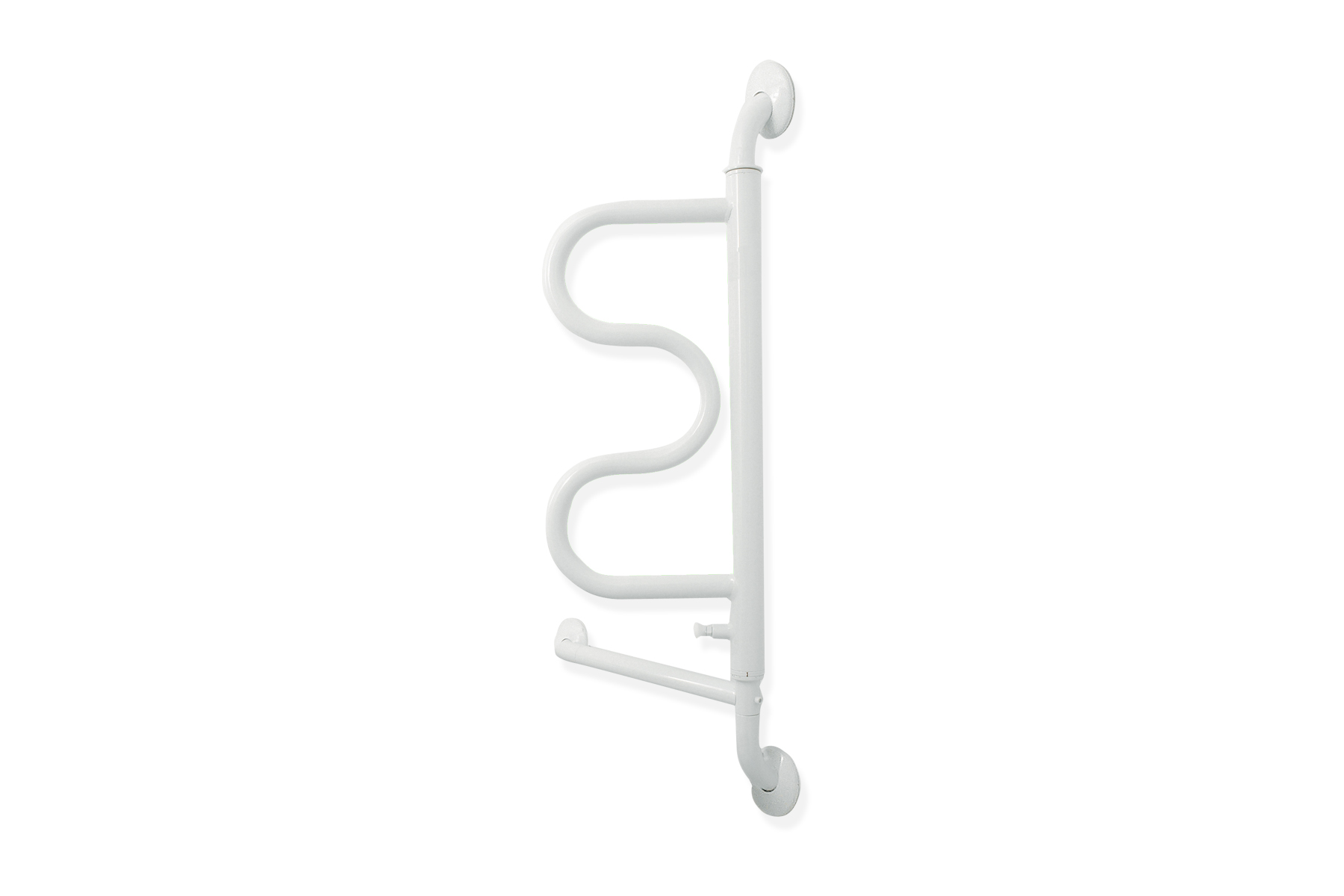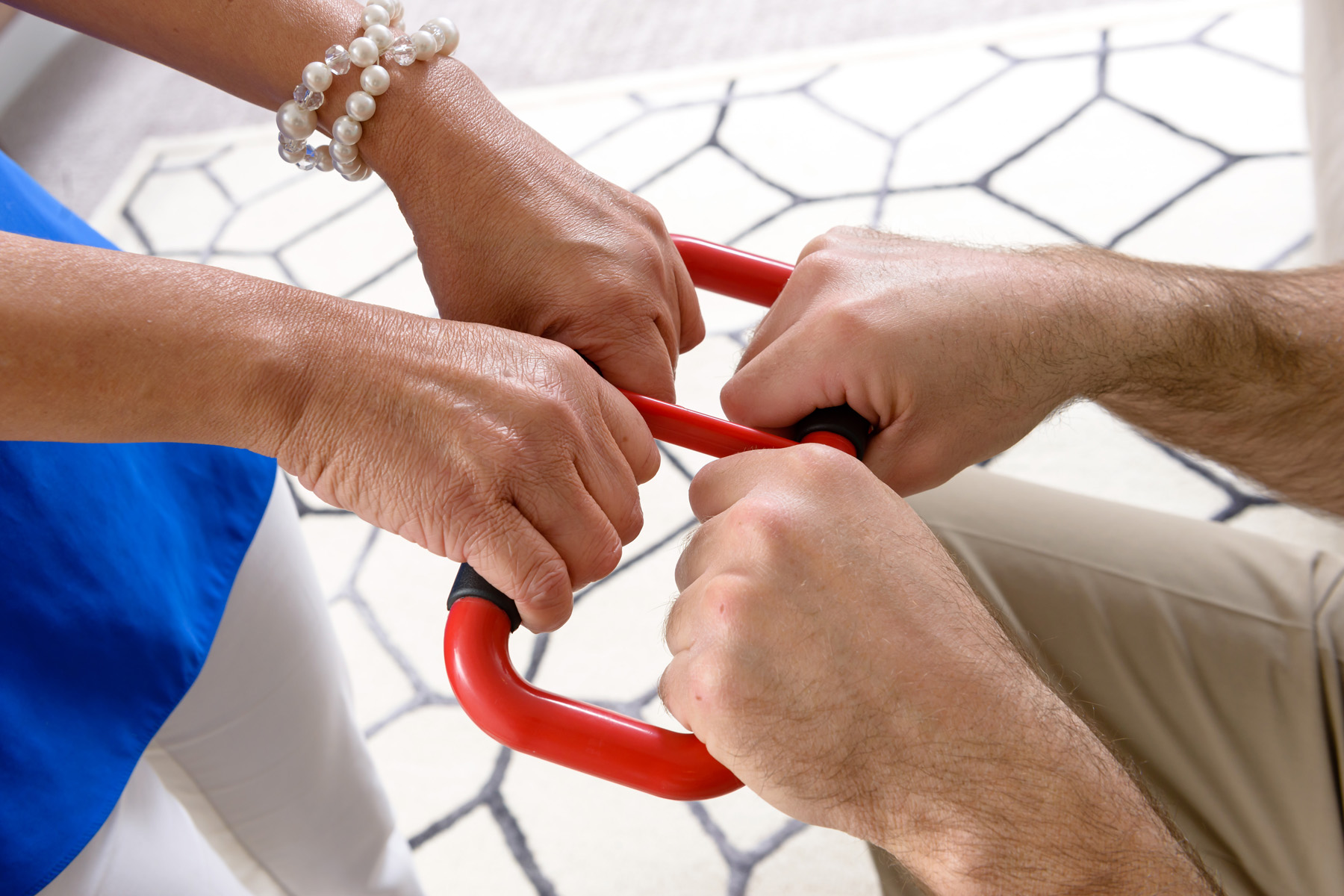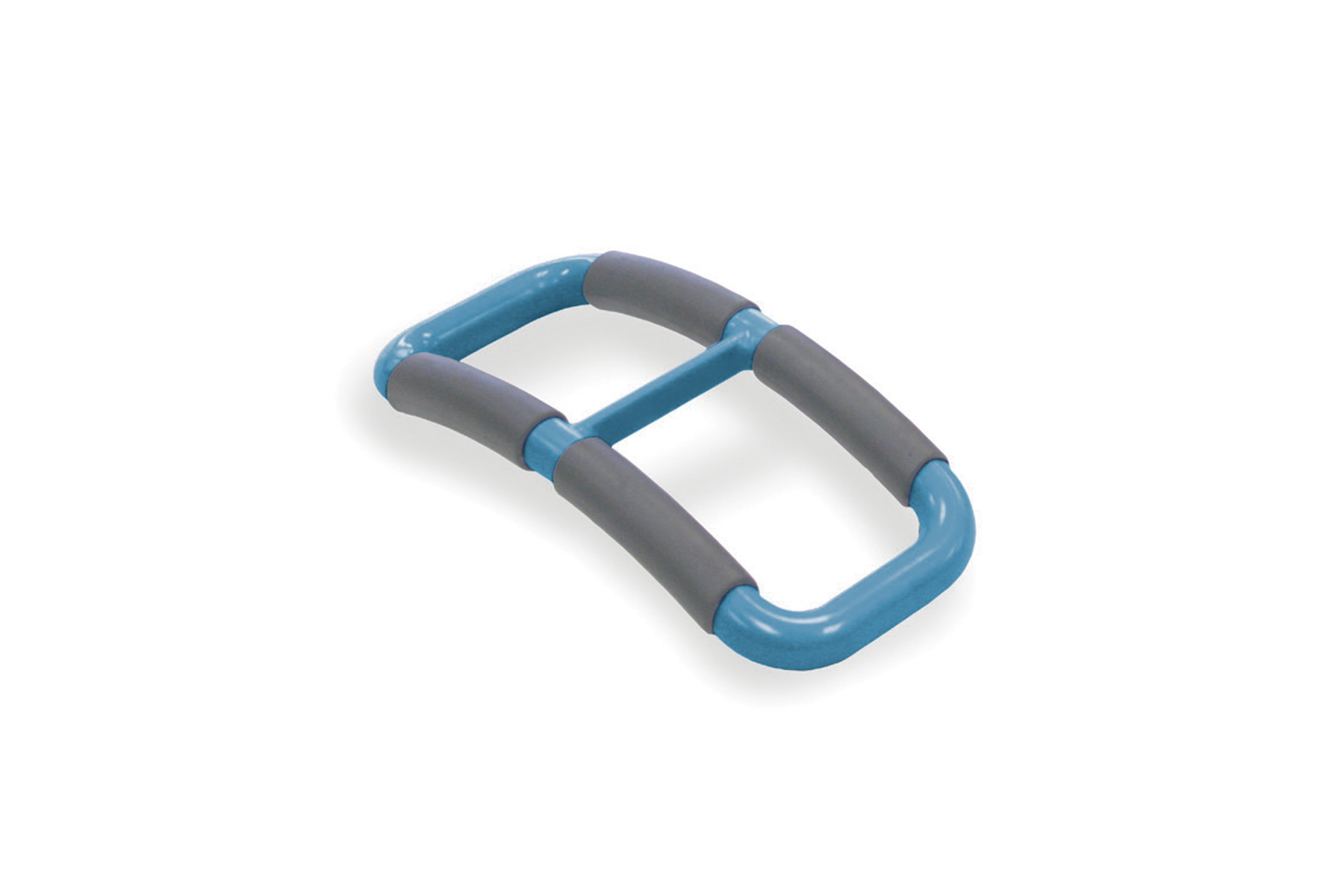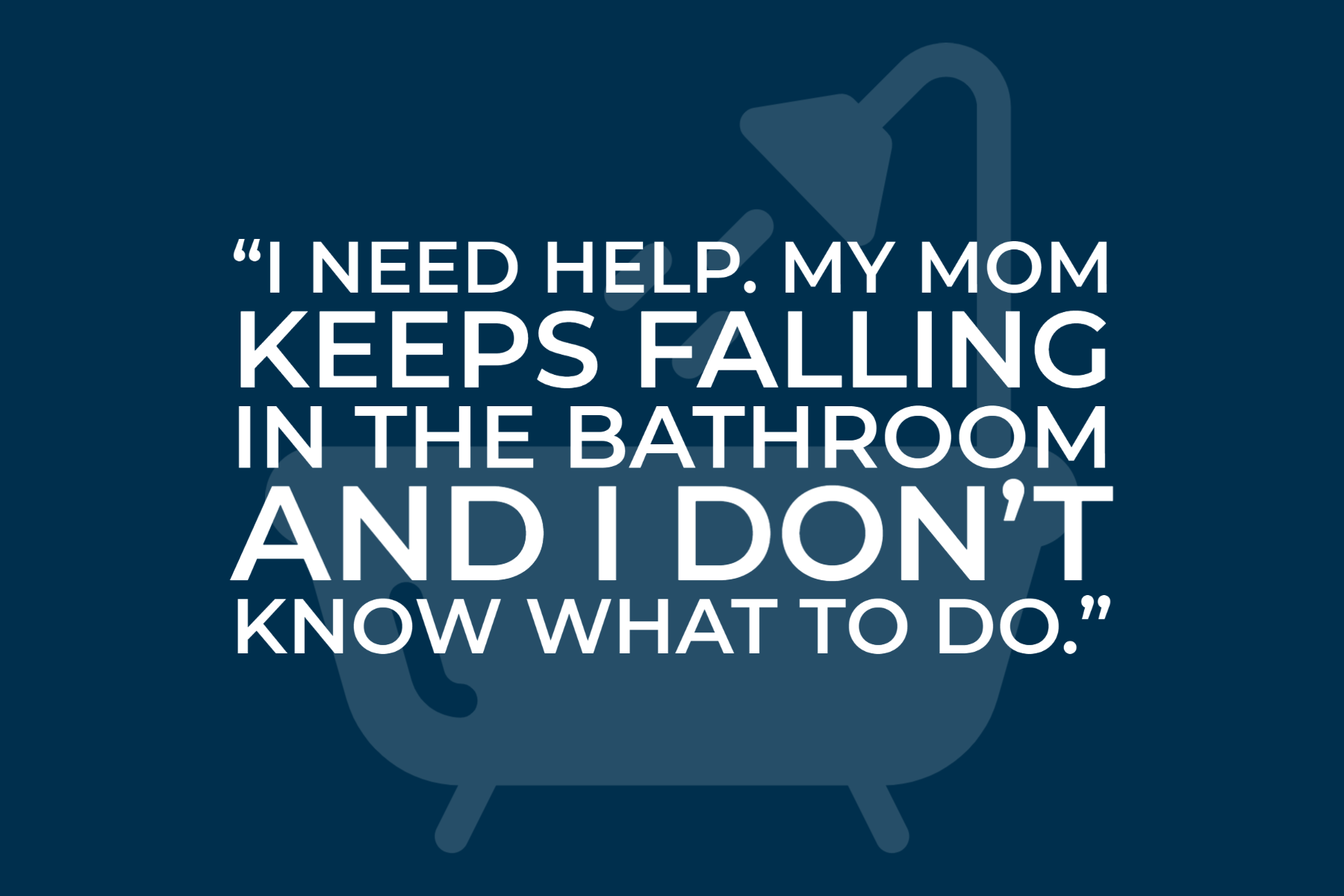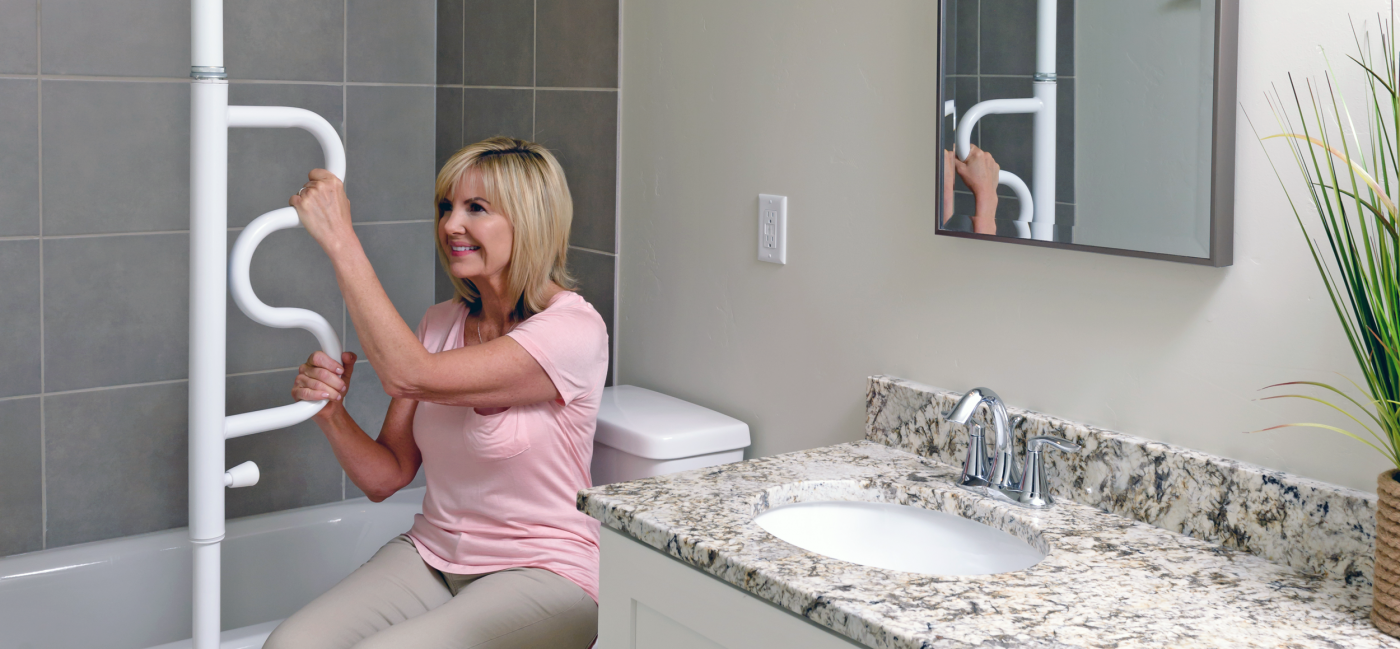
The Most Dangerous Place for Falls
Whether you are recovering from injury, surgery, or simply don’t have the same mobility as you once had, the bathroom is the most dangerous room in the home for potential falls. Although most falls occur in the living room, a fall in the bathroom can be far more devastating.
Small spaces, slippery floors, sharp corners, and hard surfaces all contribute to the dangers lurking in the bathroom for aging adults. Due to the dangerous nature of the room, a person is two-and-a-half times more likely to get seriously injured from a bathroom fall. These types of falls can lead to long-term mobility loss, admission into a hospital or care facility, or in more serious instances, mortality.
Regardless of whether you’re a caretaker or are living alone and caring for yourself, it is imperative to make a plan and take pre-emptive actions to reduce the possibility of falling in the bathroom. In the video below, we will review our favorite tools and strategies to avoid the most common causes of falls in the bathroom.
3 Main Causes of Bathroom Falls

Transferring from Tub or Shower
Dangerous because of wet and slippery surfaces combined with stepping over a bathtub ledge

Transferring from Toilet
Toilet seats are often too low, requiring a combination of strength and balance to sit and stand from the toilet

Slipping or Tripping
In addition to slipping on wet floors after a bath or shower, loose mats or rugs are common tripping hazards
How to Avoid Falling in the Bathroom
Transferring from the Tub or Shower
-
- Install grab bars in and around the shower or tub. Grab bars are excellent tools that can help provide balance and support while stepping over the tub ledge. We recommend consulting with an Occupation Therpaist (OT) to decide the optimal locations of a grab bar in your bathroom.
- Use the Security Pole and Curve Grab Bar. Unlike traditional grab bars that mount to the wall,
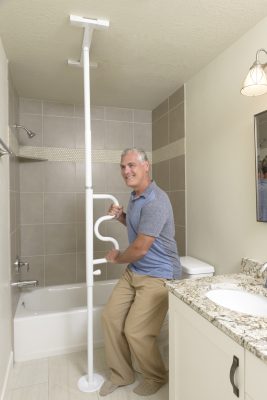 the Security Pole and Curve Grab Bar mounts with tension between the floor and ceiling to provide support in the middle of a room. The rotating curve grab bar can be positioned at any angle to help from multiple locations.
the Security Pole and Curve Grab Bar mounts with tension between the floor and ceiling to provide support in the middle of a room. The rotating curve grab bar can be positioned at any angle to help from multiple locations. - Bathe with a shower chair or bath bench. Sitting while bathing helps to conserve energy while reducing the possibility of slipping and falling.
- Avoid over-reaching. Whether it’s to adjust the water temperature or find the body wash, over-reaching can lead to loss balance and falling. Install a hand-held shower head as well as a lower-hanging shower organizer to keep bath items within reach.
Transferring from the Toilet
-
- Install the Security Pole and Curve Grab Bar. The same Security Pole and Curve Grab Bar that is used to get out of the shower can be utilized to stand up from the toilet by swiveling the curved handle. The grab bar will help lower yourself to the seat and pull yourself up to a standing position.
- Use a raised toilet seat. Toilet seat risers can increase the toilet seat height from three to five inches, which means less distance to travel when sitting down. Many toilet seat risers come with built-in grab handles to help lower and raise yourself from the toilet.
Slipping or Tripping
-
- Keep rubber bathmats outside the shower. A rubber bathmat with slip-resistant backing are easy and inexpensive ways to prevent slipping on the wet floor after a bath or shower.
- Add slip-resistant backing to rugs. Rugs often get curled edges or will batch up in the middle causing tripping hazards. Slip-resistant backing will keep the rug flat on the floor.
- Remove unnecessary clutter. Keep clothing, shoes, towels, and garbage off the floor to avoid tripping. Remove any unnecessary clutter from the countertops and cabinets that could fall or get in the way.
- Install nightlights in the walkways. Frequent trips to the bathroom during the night is a common side-effect of aging. Keep the pathways clear and visible.
- Use a walking device. Because bathrooms are typically narrow, you may think it difficult to use a walker, rollator, or wheelchair. We recommend using a narrow indoor walker, like the Let’s Go Indoor Rollator that has been designed specifically for narrow spaces and indoor use.

